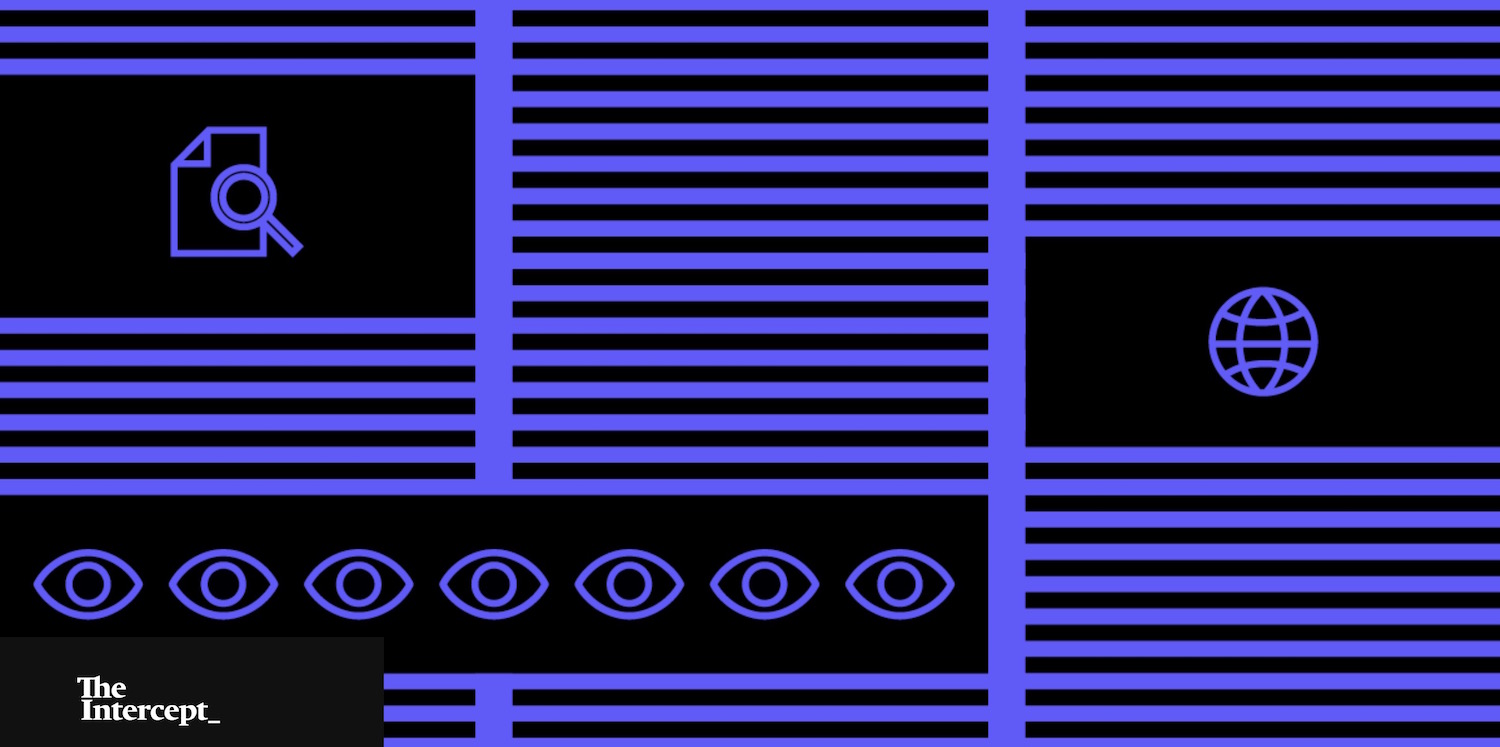
Don’t worry — The Intercept is on solid financial footing, supported by eBay founder Pierre Omidyar as part of the nonprofit media house First Look Media (it also receives other project-based funding). But it’s one of the latest in a flurry of news organizations looking to build out a reader-supported membership program, citing all the usual concerns around diversifying revenue streams, strengthening ties with loyal readers, and reinforcing the notion that good journalism must be paid for.
Sure, Omidyar has committed millions to guarantee the venture’s stability. But it’s still on a budget, however generous that budget, and “the more money we have, the more we can do,” Glenn Greenwald, a cofounding editor of The Intercept, told me.
“What we’ve gotten has been very generous and has allowed us to grow pretty rapidly. But if Pierre is giving us X amount of dollars, X million plus whatever we can raise means we can hire more writers, cover more areas, deepen our coverage, improve our graphics, and more,” he said. “Sometimes we have ideas about journalism projects that seem really exciting and promising, and find we don’t have the budgetary support, or quite as much as we’d hoped to undertake them.” (The Intercept’s 2015 tax documents show $9.1 million in expenses versus revenue of $5,050.)
“Why is The Intercept asking for reader donations?” is a question its leadership braced for and addressed through personal appeals from Greenwald himself and cofounder Jeremy Scahill, as well as in a FAQ announcing the membership program. (“This site has a fucking BILLIONAIRE funding it,” one commenter wrote on Greenwald’s post about the program.)
“There’s the concept of keeping The Intercept independent by allowing us not to have to rely on a single donor — even one who’s very much not interfering with our editorial output. Nevertheless, you feel a greater sense of security if you have multiple sources of support,” Greenwald said. “The critics are the ones that are the most vocal, and if you read the comments, you’d think there’s all this hostility towards the request.”
But the antagonism seems to be limited: The team had been anticipating about 1,000 members signed up a month after the launch, and it hit 1,000 supporters after the first 24 hours, according to Betsy Reed, editor-in-chief of The Intercept.
The Intercept is part of the News Revenue Hub group, a program first developed by Mary Walter-Brown at the Voice of San Diego that’s now spinning off into its own independent organization.Reed and Walter-Brown met as part of the Sulzberger executive leadership program at Columbia, where Walter-Brown had conceived of the News Revenue Hub the previous year. Reed was interested in ideas around membership, but The Intercept didn’t have in-house resources or any sort of software to deal with maintaining a membership program — all gaps that the News Revenue Hub helps both nonprofit and for-profit organizations fill, for a fee. (There’s a bit of Omidyar cross-pollination here: some money from the Democracy Fund, also created by Omidyar, helps defray some of the costs for organizations in the News Revenue Hub.)
Currently, The Intercept is offering three tiers: Ally, for donors giving between $35 to $250 a year; Truthseeker, for donors giving between $250 to $1,000 a year; and Changemaker, for all those giving more than $1,000 a year. Those in the Changemaker tier will be listed publicly on The Intercept’s site. The majority of those who’ve signed up so far have been in the Ally tier, Reed said.
Benefits include invites and VIP access to events, access to behind-the-scenes reports, and (yes) tote bags, and as the program evolves, more may be added based on interest. The Intercept has held one live event in the past, but the floodgates are opening. BuzzFeed News and The Intercept are sponsoring an event at the Northside Festival next week. It’s broadcasting from the People’s Summit in Chicago. It’s cosponsoring parts of Naomi Klein’s book tour.
The News Revenue Hub helped The Intercept with a reader survey ahead of the program’s launch to figure out what offerings people might find valuable. There was a higher-than-expected number of responses from non-U.S. English-speaking countries like Canada, the U.K., Australia, and New Zealand. The program hasn’t yet launched in Brazil, where The Intercept is growing its Portuguese-language operation, and where Greenwald lives. If it does launch there, the pricing for each tier may need to be tailored for the country.
“We’d be happy to see a healthy portion of our budget paid for by the membership program,” Reed said when I asked what numbers The Intercept was aiming for.
“There’s a trend now of people realizing it’s important to support the journalism they value; that’s become part of the ethos, and it existed before Trump, but he’s accelerated that trend,” Greenwald said.
“Our biggest challenge in this is, whenever there’s a new president and a new administration, especially if it’s a new party in power, the political spectrum shifts. It challenges a lot of alignments,” he added. “Our brand has always been aggressive, adversarial journalism. Right now, there are a lot of people consumed with hatred for Trump, and we’re trying to figure out where we fit in. Do we brand ourselves as dissent? Are we finding ways to critique, to push back on conventional views? There are things I think The Intercept is doing that are unique in this moment.”